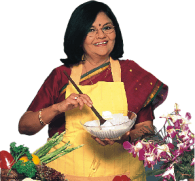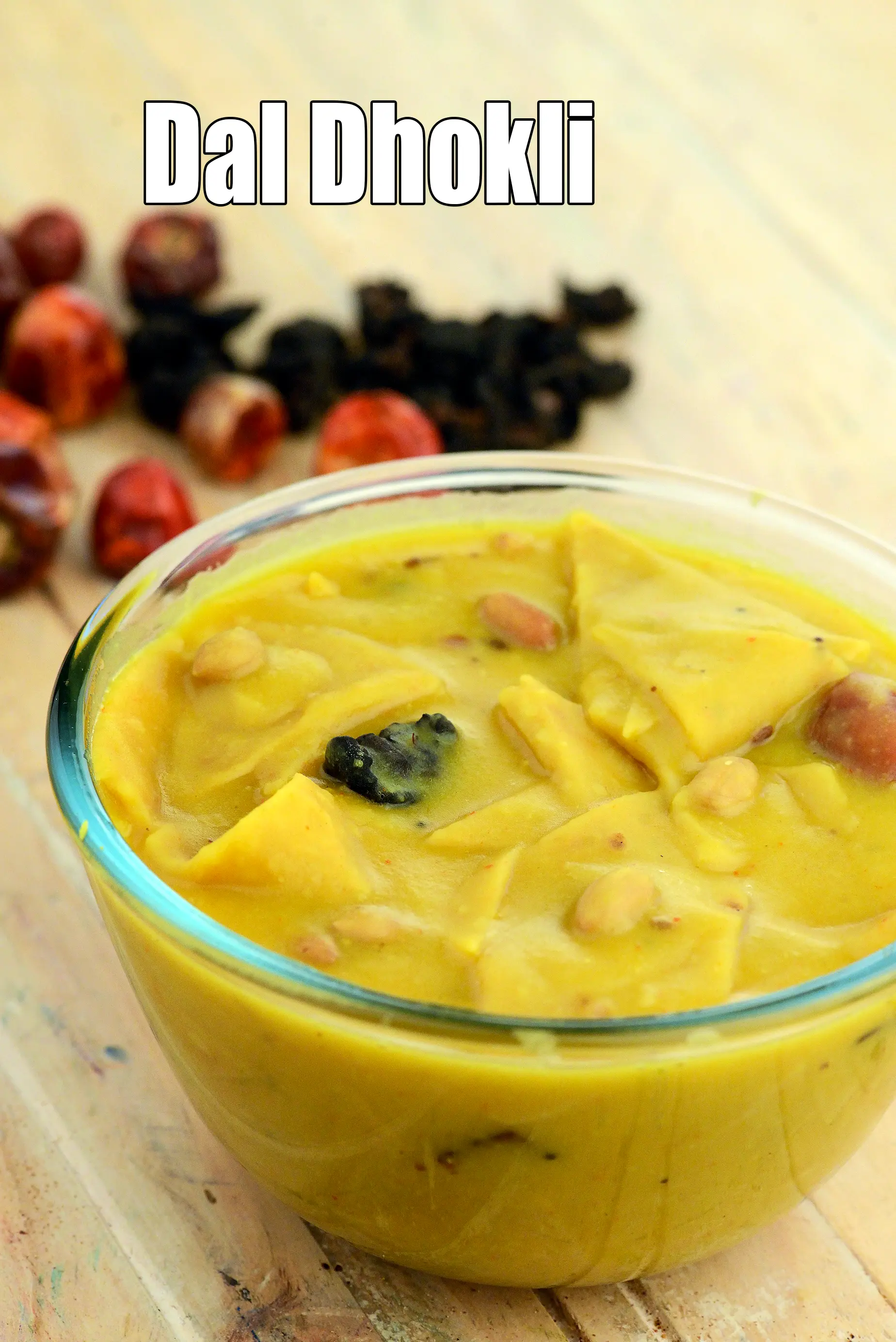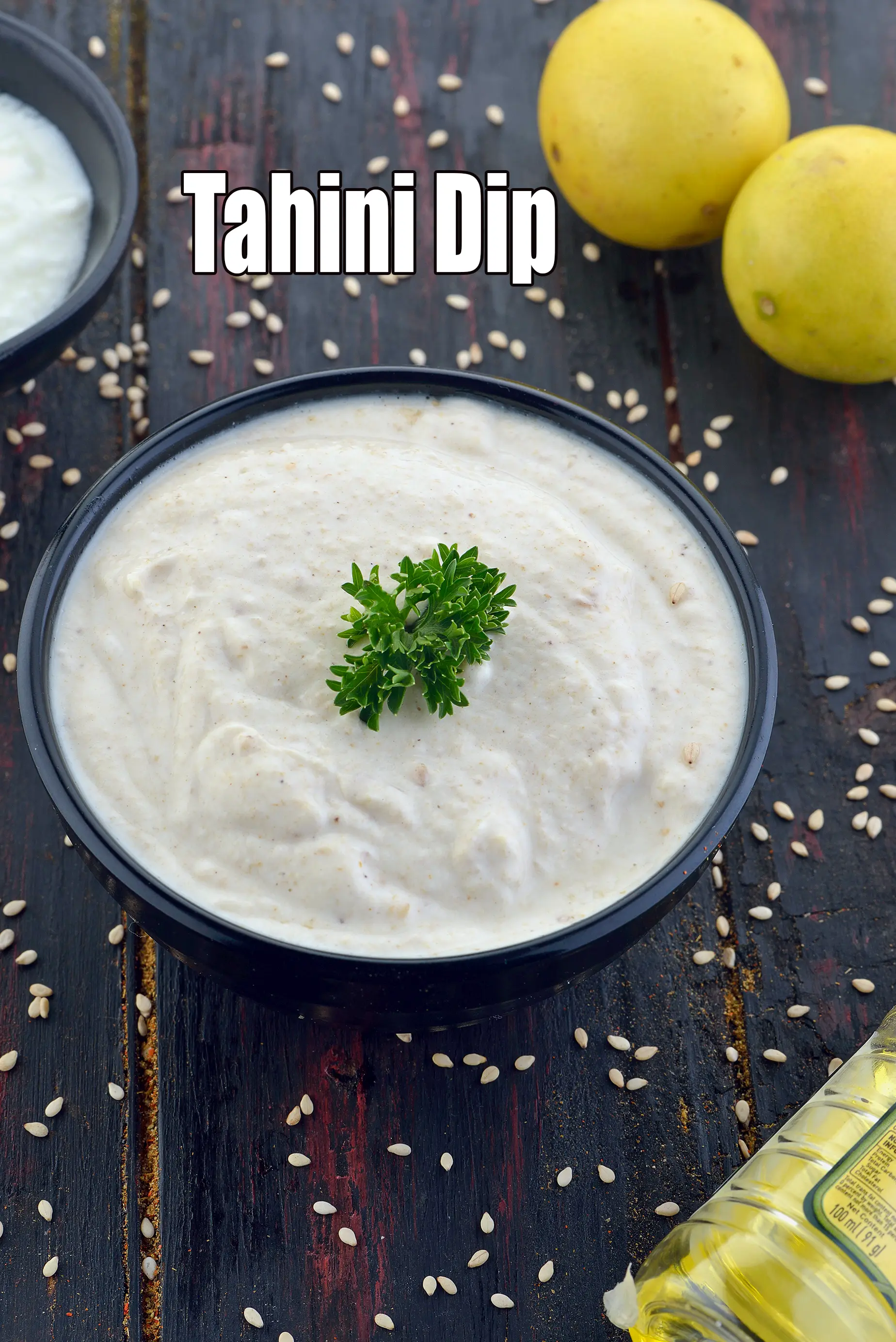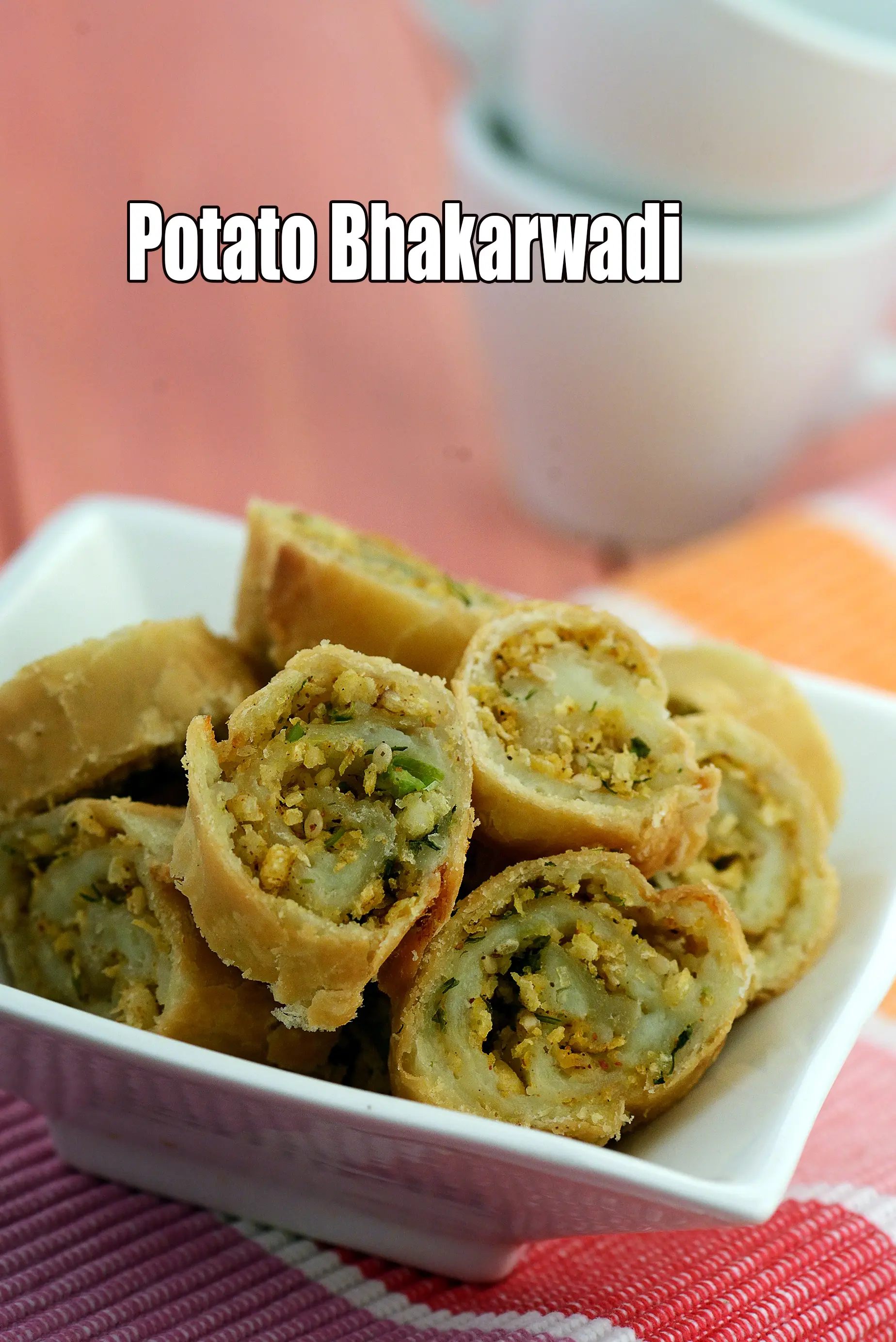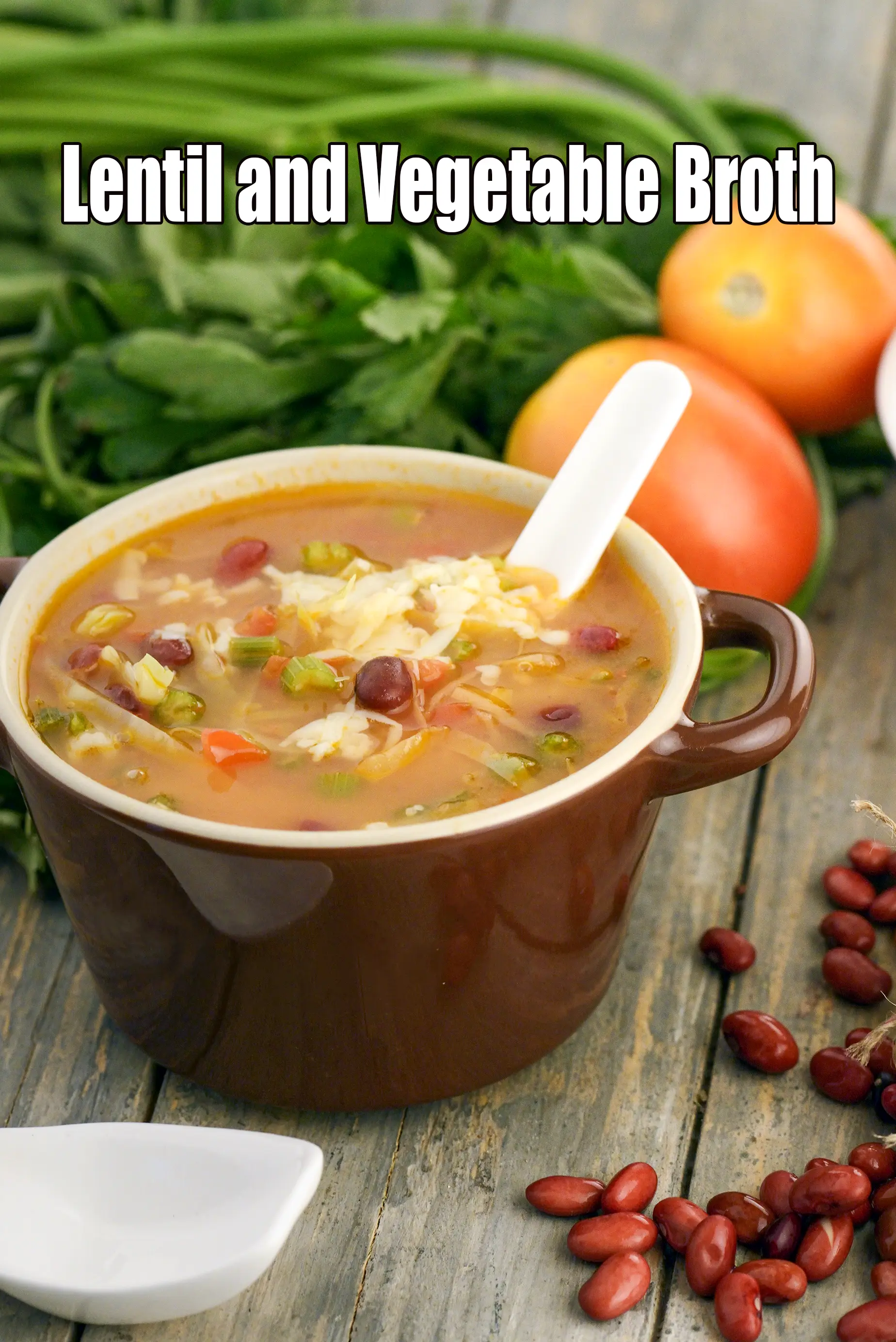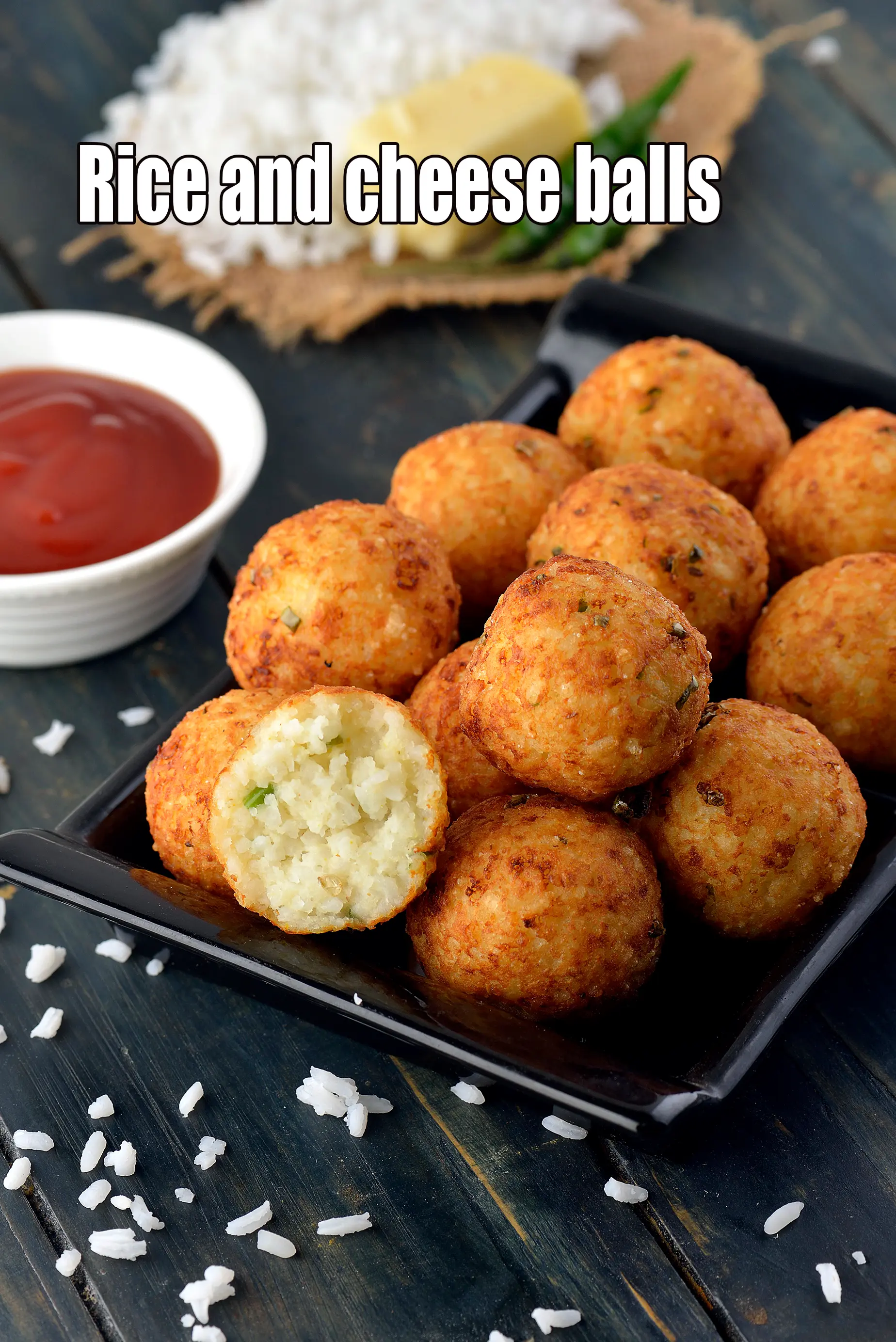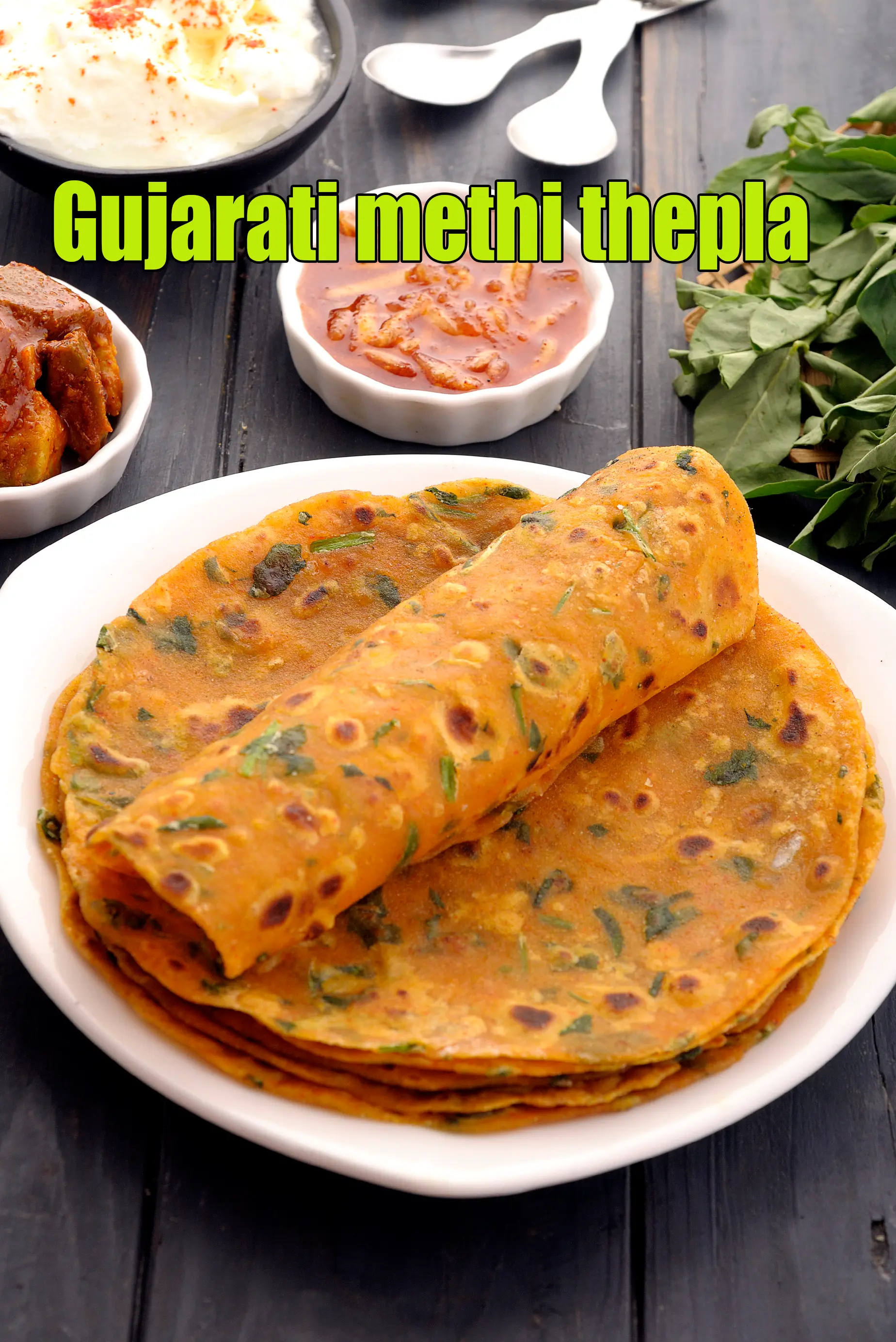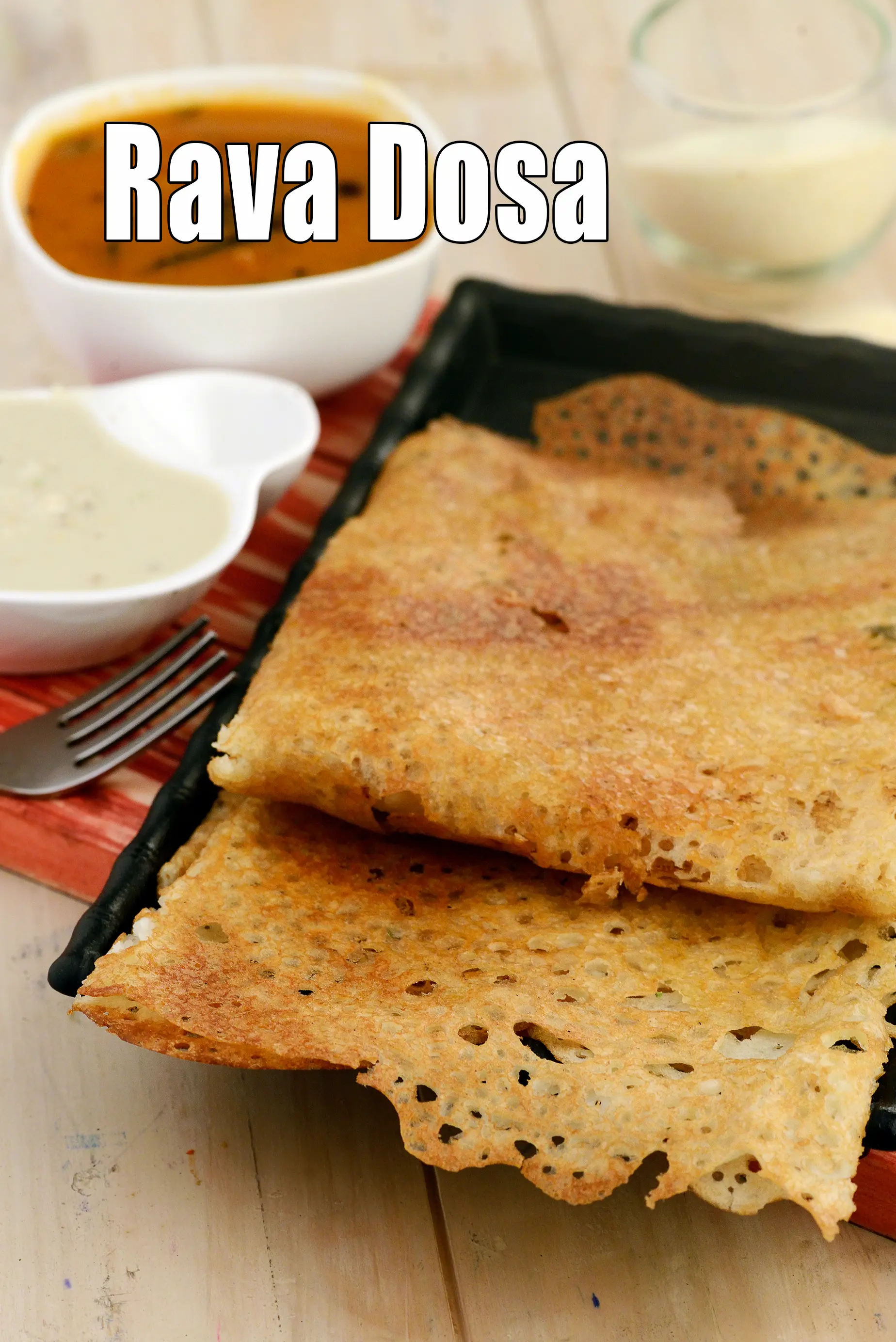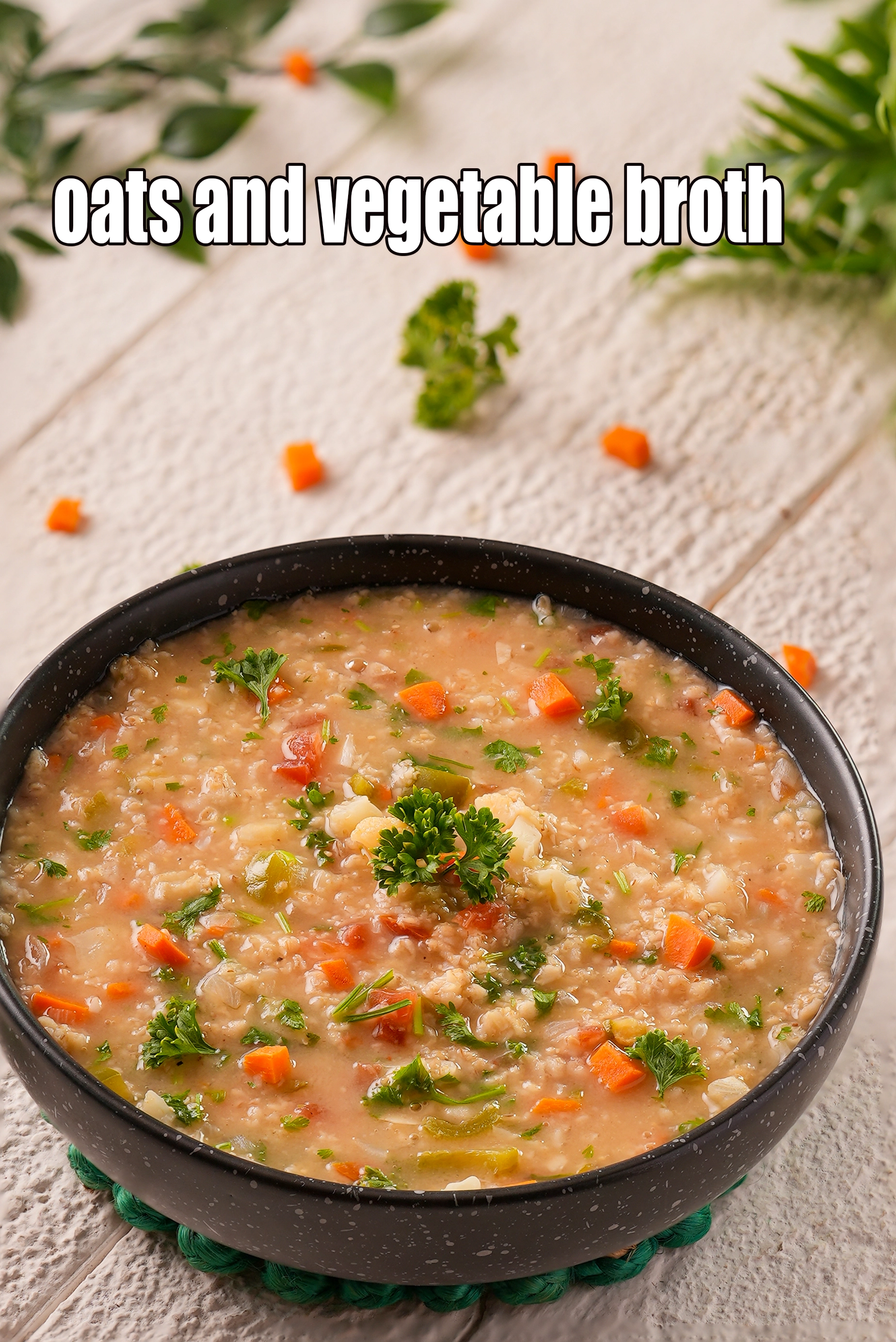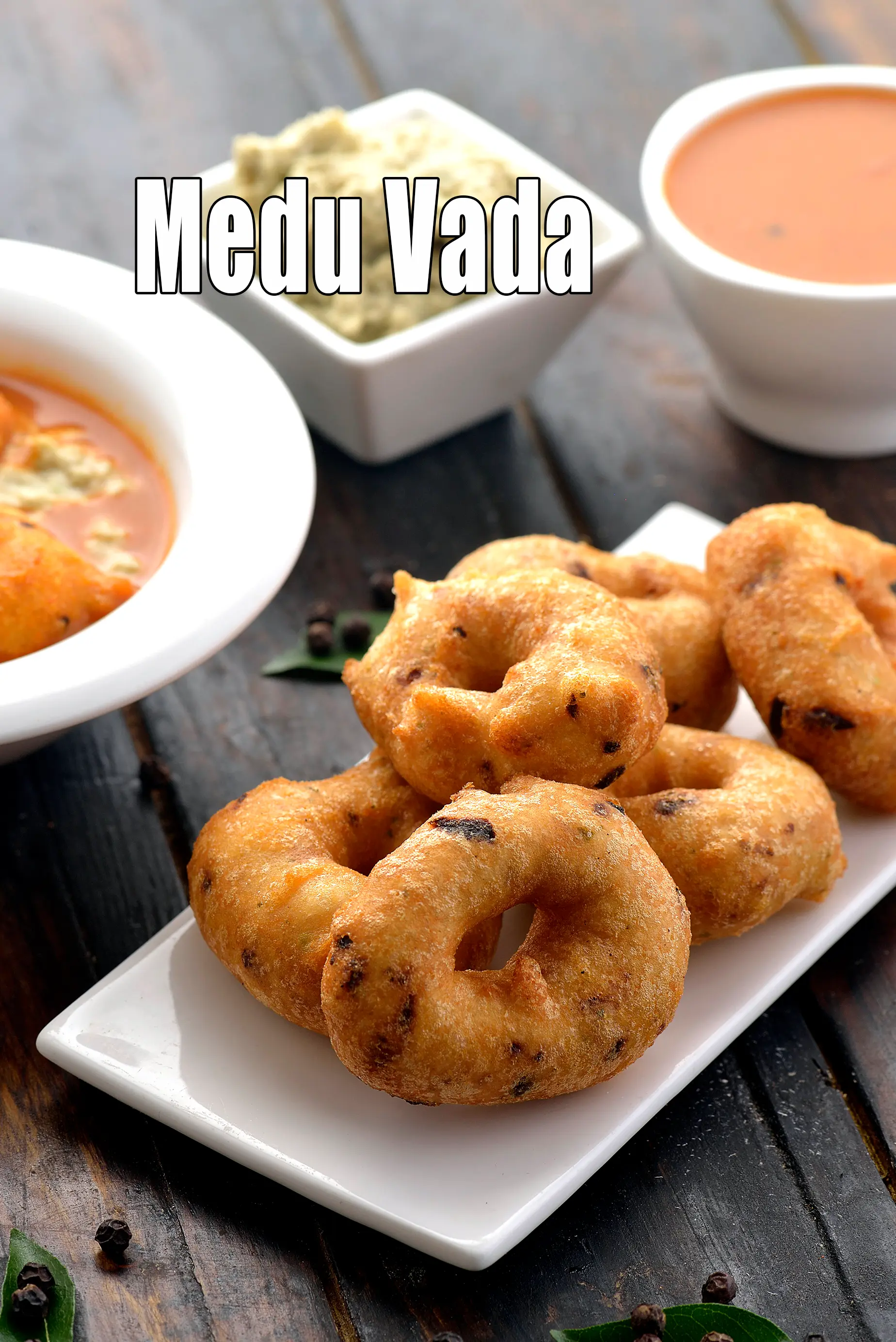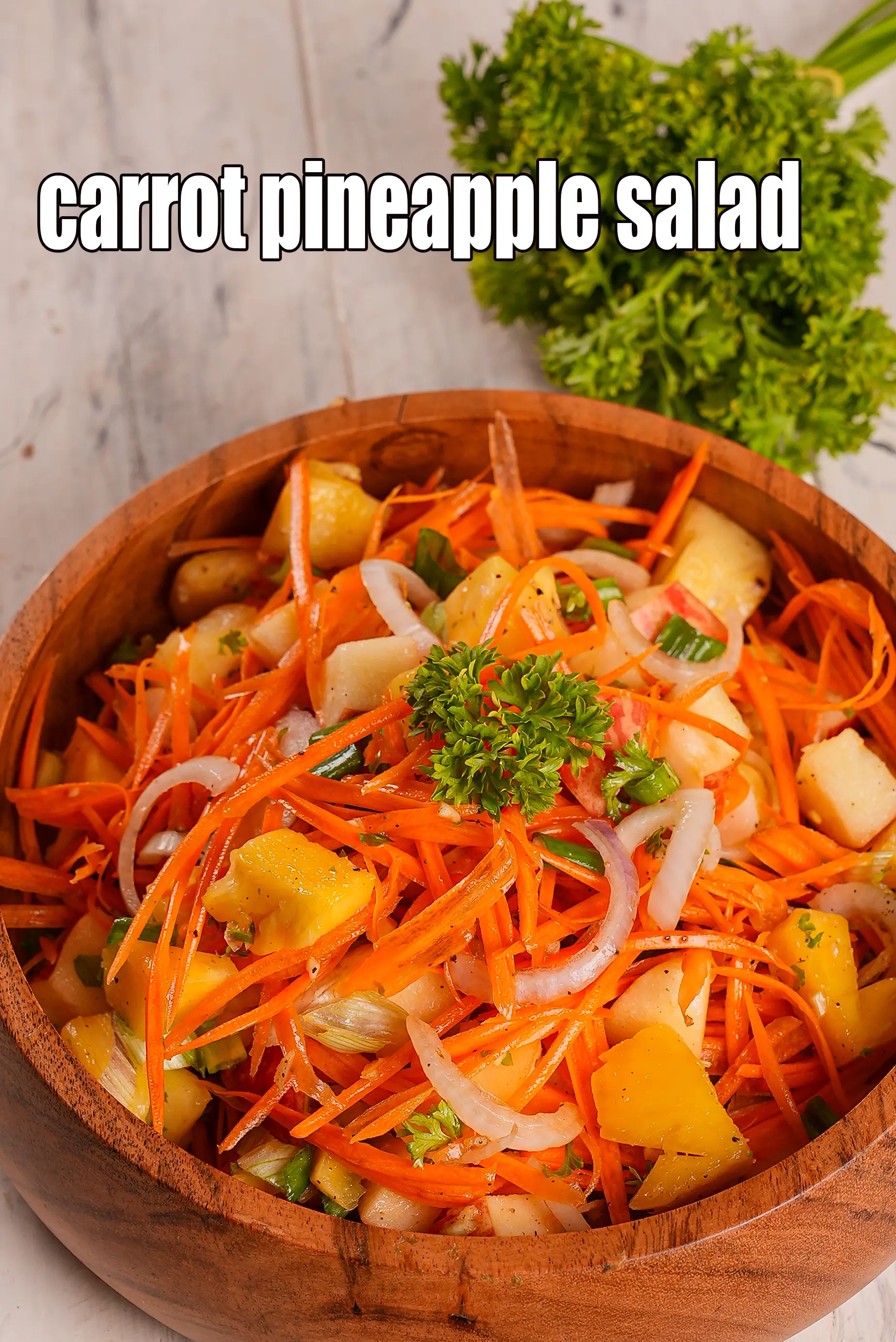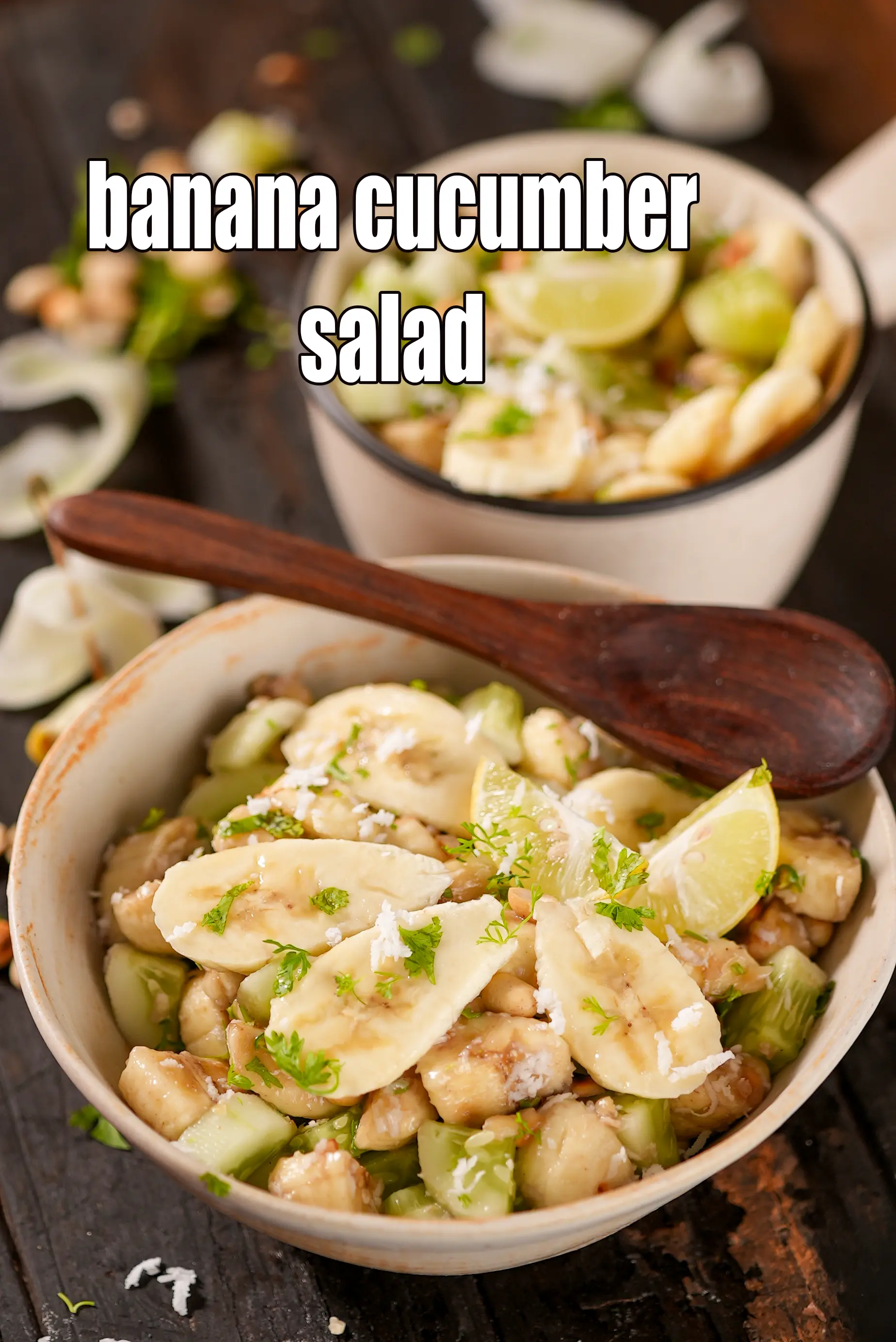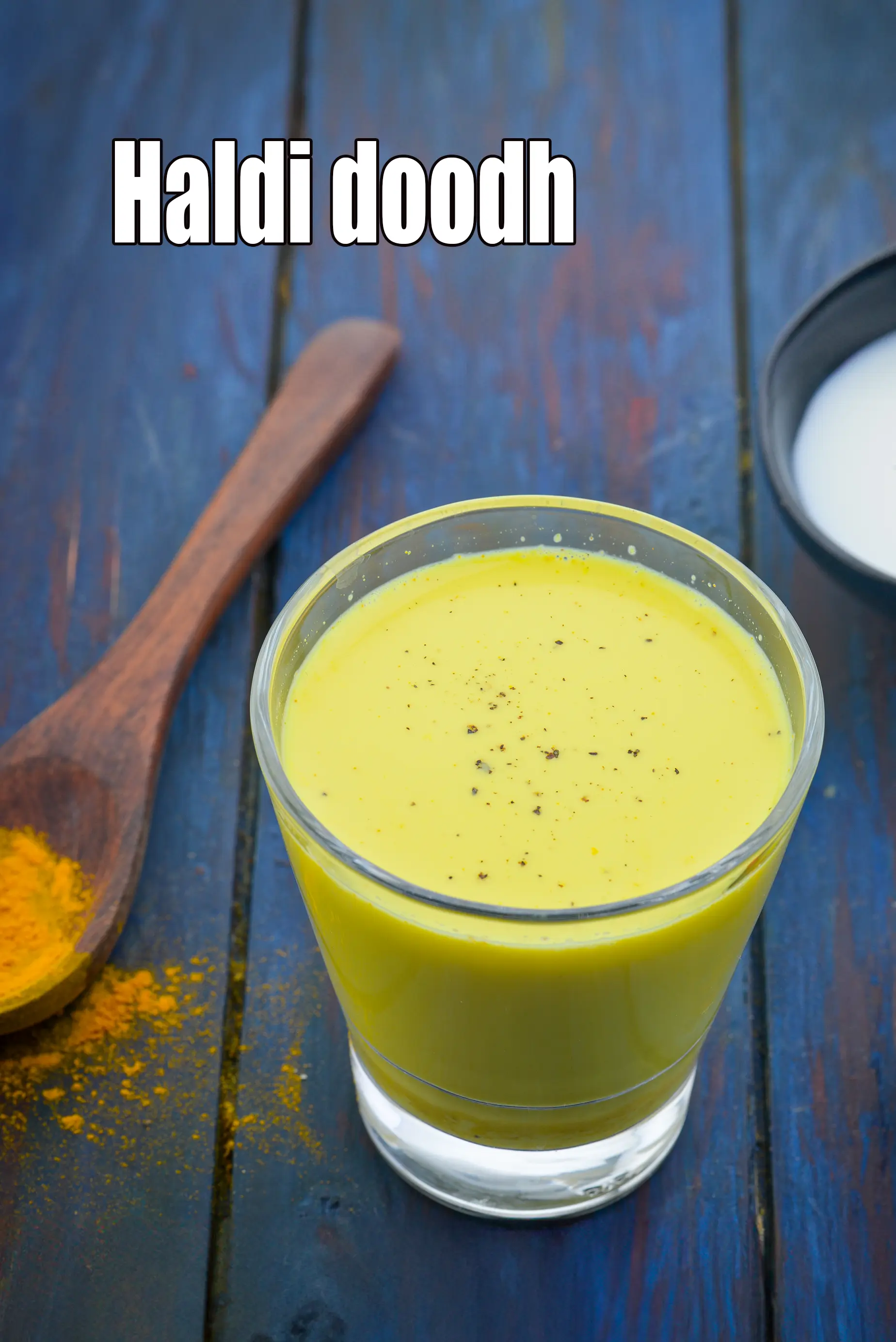Nutritional Facts of Sai Bhaji ( Pregnancy Recipe), Calories in Sai Bhaji ( Pregnancy Recipe)
This calorie page has been viewed 3747 times
-10333.jpg)
Table of Content
How many calories does one serving of Sai Bhaji have?
One serving of Sai Bhaji gives 155 calories. Out of which carbohydrates comprise 87 calories, proteins account for 24 calories and remaining calories come from fat which is 44 calories. One serving of Sai Bhaji provides about 8 percent of the total daily calorie requirement of a standard adult diet of 2,000 calories.
See recipe Sai Bhaji | Sai bhaji recipe | how to make Sindhi sai bhaji | spinach and mixed vegetables | sai bhaji in 20 minutes Indian sabzi | with 26 amazing images.
sai bhaji in 20 minutes Indian sabzi is a healthy Indian fare which can be served with chapati and paratha. Learn how to make Sindhi sai bhaji.
To make sai bhaji, combine the chana dal with 1 cup of water in a pressure cooker and pressure cook for 1 whistle. Allow the steam to escape before opening the lid. Drain and keep aside. Heat the oil in a pressure cooker and add the cumin seeds. When the seeds crackle, add the onions, potatoes, brinjal and ginger paste and garlic paste and sauté on a medium flame for 2 minutes. Add the chilli powder, coriander powder and turmeric powder and sauté on a medium flame for 1 more minute. Add the spinach, khatta bhaji, cooked chana dal, salt and ½ cup of water, mix well and pressure cook for 2 whistles. Allow the steam to escape before opening the lid. Serve hot.
Although the traditional Sindhi sai bhaji features a combination of greens, the slightly sour taste of khatta bhaji is the highlight of this recipe. It contrasts beautifully with the other vegetables and chana dal, which help to accentuate the flavour of the khatta bhaji and balance it at the same time. Perked up with minimal spice powders and pastes, this tasty sabzi makes a wonderful side-dish for any rotis.
This spinach and mixed vegetables is a good combination of dal and leafy vegetables, which provide plenty of iron, protein, folic acid, vitamin C and vitamin A. Moreover the best part is that the sai bhaji offers you these nutrients, which are very important during Pregnancy, in a very tasty form, perked up with complementary veggies, spice powders and pastes. You will be surprised to know that this sabzi makes up for 72% of our day’s vitamin A intake and 68% of day’s vitamin C intake.
Further the fibre this sai bhaji in 20 minutes Indian sabzi lends helps to keep your gut healthy and helps in weight loss, managing blood cholesterol levels as well as blood sugar levels. Thus diabetics, heart patients and weight-watchers can all opt for this healthy Indian vegetable.
Tips for sai bhaji. 1. Cut the potatoes and brinjal close to the cooking time to avoid them from turning black due to oxidation. 2. You can cool it well and pack in a tiffin box to carry it for lunch.
Is Sai Bhaji healthy?
Yes, this is healthy. But restrictions apply to some.
Let's understand the Ingredients.
What's good.
Benefits of khatta bhaji, Indian sorrel leaves : Being a green leafy vegetable, sorrel leaves or khatta bhaji is high in vitamin A, which is good to add glow to skin and also plays an important role in maintaining vision. Since it is low in calories, it can be eaten by people who want to lose weight. It helps in maintaining a healthy digestive system and lowering the blood glucose levels in people having type 2 diabetes mellitus due to presence of high amount of dietary fiber. The potassium it possess aids in maintaining fluid balance in the body and thus can benefit people with high blood pressure. There is also good amounts of antioxidants quercetin and myricetin present in it which along with Vitamin C, which helps to get rid of harmful free radicals, fight cancer and boost overall immunity.
Chana Dal ( split bengal gram) : One cup of cooked Chana Dal provides 33% of your protein for the day. Chana dal is heart and diabetic friendly, also rich in fiber. Chana dal has high amount of potassium and low amount of sodium which makes it very effective in regulating your blood pressure. Read this article on complete benefits of chana dal.
Spinach (Palak) : Spinach is one of the richest plant sources of Iron and it should be part of a healthy diet for everyone. Raw spinach has 25% having soluble fiber and 75% insoluble fibre. Spinach is good for the heart, diabetics and eyes. Read this on the 17 benefits of spinach and why you should eat it.
Benefits of Cumin Seeds ( jeera) : The most common benefit of jeera known to many is to soothe the stomach, intestine and the entire digestive tract. Cumin seeds are apparently a very good source of iron. A tbsp. of cumin seeds can fulfil nearly 20% of days iron requirement. Even small quantity of cumin seeds has huge amounts of calcium ( see calcium rich Indian foods ) – a bone supporting mineral. They aid is digestion, weight loss and help reduce inflammation. See detailed benefits of cumin seeds, jeera.
Onions (pyaz, kanda) : Raw onions are a very valuable source of vitamin C – the immune building vitamin. Along with other phytonutrients from onions, it helps to build WBC (white blood cells) which serves as a line of defence against illness. Yes, it’s a source of many antioxidants, the most important one amongst them being Quercetin. The quercetin in Onions promotes production of HDL (good cholesterol) and lowers total cholesterol in the body. The sulphur in onions act as a blood thinner and prevents blood clotting too. This in turn would lower blood pressure and good for heart, diabetics. Read the benefits of onions.
Brinjal (baingan, eggplant) : Foods like Brinjal have a low glycemic index and good for weight loss. Brinjals are a very good source of fibre. It also prevents blood glucose from shooting up and is good for diabetics. Brinjals are rich in folate, which is required for producing Red Blood Cells (RBC’s) and also helps to prevent anaemia. See all the 7 amazing benefits of baingan.
Garlic : Garlic has been proven to lower cholesterol. The active ingredient allicin present in garlic aids in lowering blood pressure. Garlic is also alleged to help regulate blood glucose levels for diabetics. Garlic is great for the heart and circulatory system. Garlic has an antimicrobial, antiviral and antifungal function and can help in relieving common cold and other viral infections. To boost your immune system have a garlic clove a day. Garlic is a top anti viral food. The thiosulphate compound, Allicin found in garlic acts as a strong antioxidant and protects our body from damage of free radicals. Read here for complete benefits of garlic.
Ginger (Adrak) : Ginger is an effective cure for congestion, sore throat, cold and cough. It aids digestion and relieves constipation. Ginger was found as effective as drugs in relieving menstrual pain. Ginger is effective in decreasing the cholesterol levels in patients with high cholesterol. Ginger significantly reduces symptoms of nausea in pregnant ladies. See here for 16 Super Health Benefits of Adrak, Ginger.
Kashmiri chilli: Like red chillies, Kashmiri chillies also have vitamin C, though in smaller quantites than the fresh red chillies. This helps to boost immunity and improve skin health. They also have minute amounts of copper, potassium, manganese, magnesium and iron along with B vitamins. Small amounts of Kashmiri chilli powder can aid digestion, but more quantity can affect the lining of the digestive tract.
Coriander powder: Apart from being an aromatic spice, coriander powder has many curative and cooling properties. Coriander powder taken in combination with a pinch of asafoetida and rock salt is considered an aid to the digestive system. It is an appetite stimulant and aids in the secretion of gastric juices. It has also been known to stimulate insulin production and help in manging blood sugar levels in diabetics. It also exhibits anti-microbial property. The presence of antioxidants in it promotes skin health and maintain hair health. Its anti-inflammatory properties promote heart health.
Turmeric Powder (Haldi) : Turmeric helps in digestion of food thus helping to overcome indigestion. Haldi may help in reducing the growth of fat cells in the body. Turmeric, being rich in iron, is highly valuable in the treatment of anaemia and both the root as well as the powder should be a regular part of an anaemic diet. One of the health benefits of turmeric is it’s anti-inflammatory property due to the active compound, Curcumin, which helps to relieve inflammation of the joints and thus is a ladder to relieve pain related to arthritis. The curcumin in haldi also helps to ward of the bacteria’s causing cold, cough and throat irritation. Turmeric benefits in diabetes management by lowering blood glucose levels. Its antioxidant and anti-inflammatory effects are useful in the treatment of diabetes patients. It is known to be a good brain food and keep diseases like Alzheimer’s at bay. See here for detailed turmeric benefits.
What's the problem?
Potatoes (Aloo) : Potatoes being high in simple carbohydrates will lead to weight gain and are not good for people with diabetes, heart problem and obesity. Potatoes are recommended for malnourished children and people with low weight. See full details on why potatoes are bad for you.
Vegetable Oils : To some vegetable oil is only soyabean oil, while some promote it as a mix of oils like soyabean, canola, sunflower, corn and other omega-6 rich oils. These are often cheaper options than many oils, but they are highly processed oils. They are undoubtedly not to be reached out for, whether you are looking for salad dressings, sautéing or cooking. The 5 best oils used in cooking are olive oil (low temperature short time cooking), avocado oil, canola oil, coconut oil and peanut oil. You must read the super article to find the facts of which oil is the healthiest avoid vegetable oil.
Note : 1 cup = 200 ml (standard cup available in the market). The weight in grams varies for each ingredient.
Can diabetics, heart patients and overweight individuals have Sai Bhaji?
Yes, but cut the potatoes are they are high in carbs.
Being a green leafy vegetable, sorrel or khatta bhaji is high in vitamin A, which is good for skin and plays an important role in maintaining vision.
It also consists of iron, which increases hemoglobin, specially recommended for growing children and pregnant females.
Since it is low in calories, it can be eaten by people who want to lose weight.
It helps in lowering the blood glucose levels in people having type 2 diabetes mellitus due to presence of high amount of dietary fiber.
There is good amounts of antioxidants present in it along with Vitamin C, which helps fight cancer and boost immunity.
Can healthy individuals have Sai Bhaji?
Yes.
One serving of Sai Bhaji is high in
1. Protein : Protein is required for the managing the wear and tear of all cells of the body.
2. Fiber : Dietary fiber reduce the risk of heart disease, prevent the spike in blood sugar levels and hence super for diabetics. Consume more fruits, vegetables, moong, oats, matki, whole grains.
3. Vitamin A : Vitamin A is crucial for healthy vision, cell growth and healthy skin.
4. Vitamin B1 : Vitamin B1 protects nerves, helps in carbohydrate metabolism, prevents heart diseases and helps produce red blood cells.
5. Vitamin B2 (riboflavin) : Vitamin B2 enables the production of red blood cells that contribute to the rise in your energy levels. So have more milk, curds, eggs and green leafy vegetables.
6. Vitamin B3 (niacin) : Vitamin B3 helps in brain functioning and mental health. Also healthy skin formation.
7. Vitamin C : Vitamin C is a great defence against coughs and colds.
8. Folic Acid : Folic acid is an essential vitamin required throughout pregnancy.
9. Calcium : Calcium is a mineral that makes bones stay strong. Required from kids to adults.
10. Iron : Iron is essential in the chemical reactions that produce energy from foods. Eat more greens and garden cress seeds to prevent you from being anaemic. Here are the top 7 sources of iron rich foods.
11. Magnesium : Magnesium is required for formation of bones and teeth. It helps in the metabolism of calcium and potassium.
12. Phosphorus : Phosphorous works closely with calcium to build bones.
13. Potassium : Potassium is critical for those with high blood pressure as it lessen the impact of sodium. Eat more avocados, bananas, watermelons, papaya, plums and grapefruits.
Note : a recipe is deemed high in a Vitamin or mineral if it meets 20% and above the recommended daily allowance based on a 2,000 calorie diet.
How to burn 155 calories that come from one serving of Sai Bhaji?
Walking (6 kmph) = 47 mins
Running (11 kmph) = 16 mins
Cycling (30 kmph) = 21 mins
Swimming (2 kmph) = 27 mins
Note: These values are approximate and calorie burning differs in each individual.
| Energy | 155 cal |
| Protein | 6 g |
| Carbohydrates | 22.2 g |
| Fiber | 6.5 g |
| Fat | 4.9 g |
| Cholesterol | 0 mg |
| Vitamin A | 3872.8 mcg |
| Vitamin B1 | 0.2 mg |
| Vitamin B2 | 0.2 mg |
| Vitamin B3 | 1.4 mg |
| Vitamin C | 38.3 mg |
| Folic Acid | 132.4 mcg |
| Calcium | 95.4 mg |
| Iron | 3.3 mg |
| Magnesium | 97.8 mg |
| Phosphorus | 112.1 mg |
| Sodium | 51.5 mg |
| Potassium | 475.2 mg |
| Zinc | 0.8 mg |
-10333.webp)
Click here to view Sai Bhaji ( Pregnancy Recipe)
Calories in other related recipes
